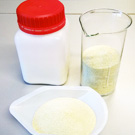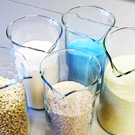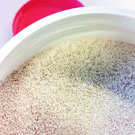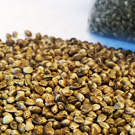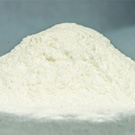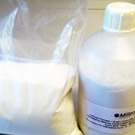Trace elements
For a long time regarded as marginal factors in animal biology and nutrition, trace elements are metal compounds with an extraordinary capacity to attach themselves to proteins thus modifying their biological form and their function.
Trace elements are present in the body at a level lower than 1 mg/kg body weight.
Biological functions:
- Trace elements are enzyme cofactors
Most trace elements are transition metals and can therefore be linked to protein molecules which are enzymes, by changing their form in space and thus modifying the speed of chemical reaction catalysed by this enzyme.
This liaison of a metal and an enzyme is usually specific to a metal for a given enzyme.
A large number of metallo-enzymes have been identified in living beings, where there are more than 200 enzymes for a single atom of zinc.
Example: carbonic anhydrase, (conversion of CO2 to H2CO3) contains a zinc atom at the centre of the protein molecular structure.
These enzymes are present in many metabolisms (lipids, carbohydrates, proteins, DNA, etc.) and regulate the many functions (reproduction, growth, brain functioning, etc.). A fall in the content of given trace element in a cell will express itself by a lowering of enzyme activity having this trace element as cofactor.
- Trace elements form part of the vitamin structure
- Trace elements contribute to the expression of hormonal signals
They are part of the molecular structure of the hormone providing it with an optimum spacial form to be recognised by its receptor.
- Trace elements such as zinc in particular activate nuclear proteins which regulate the transcription of DNA to messenger RNA
- Trace elements are also very important in the immune defence mechanism of the body
Our list of currently marketed trace elements:
- Copper sulphate
- Zinc sulphate
- Manganese sulphate
- Iron sulphate
- Manganese oxide
- Zinc oxide

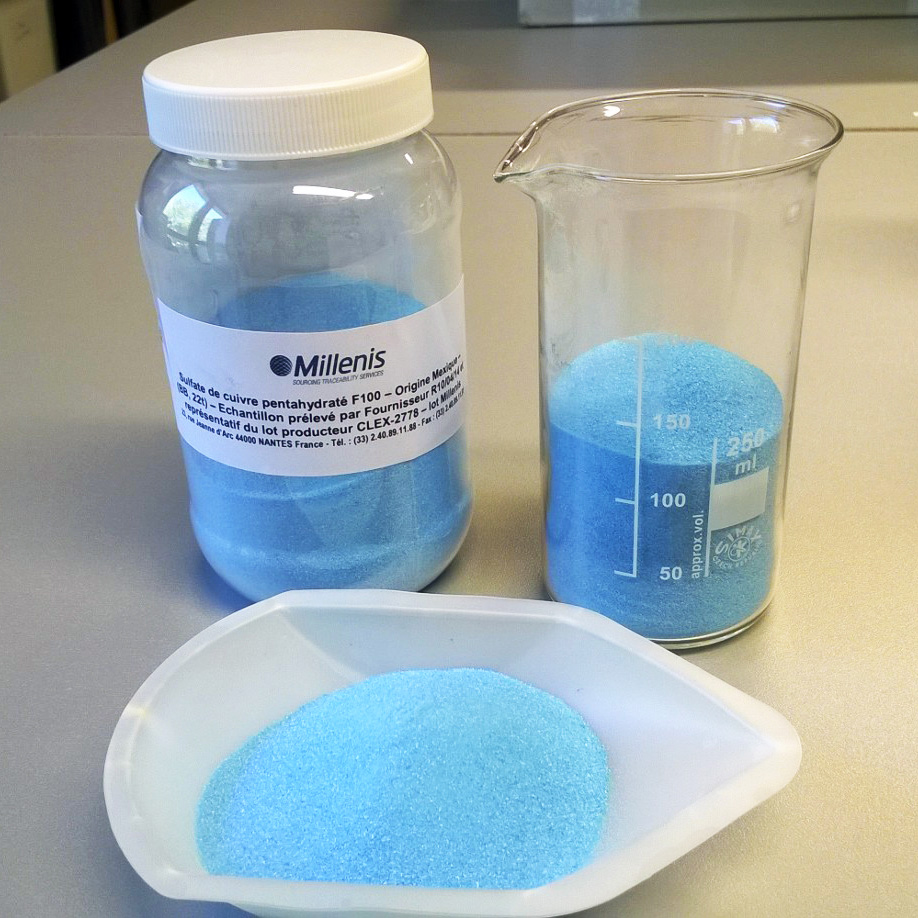
Copper sulphate
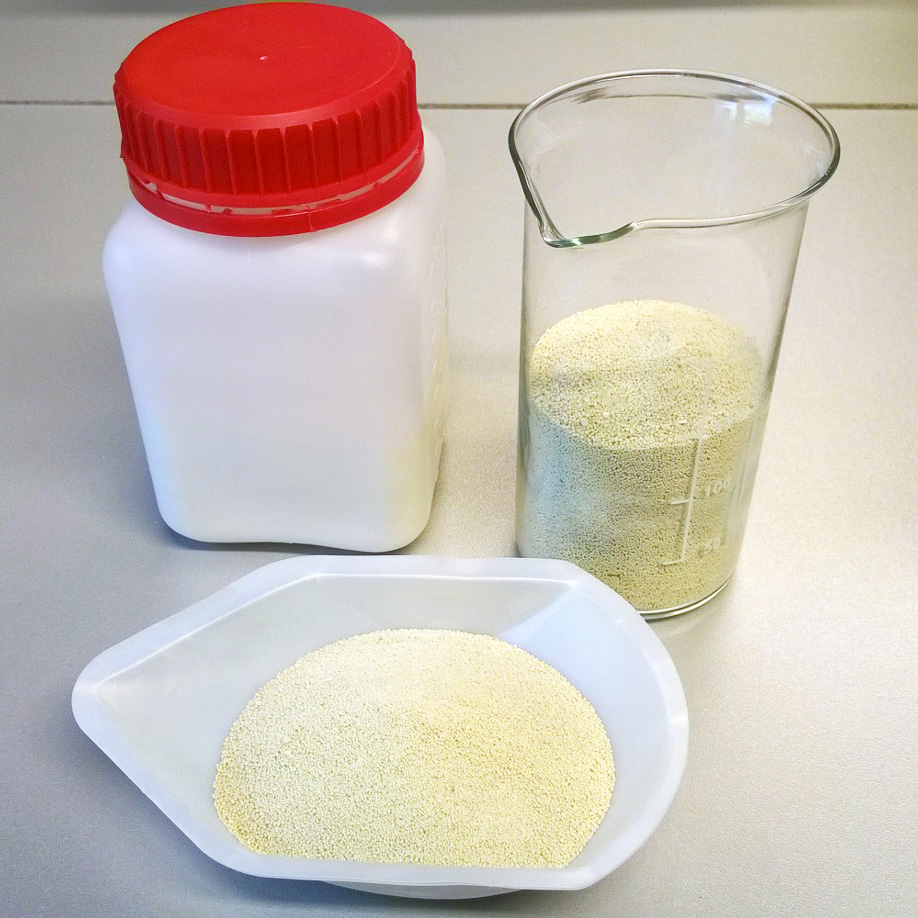
Ferrous sulphate












